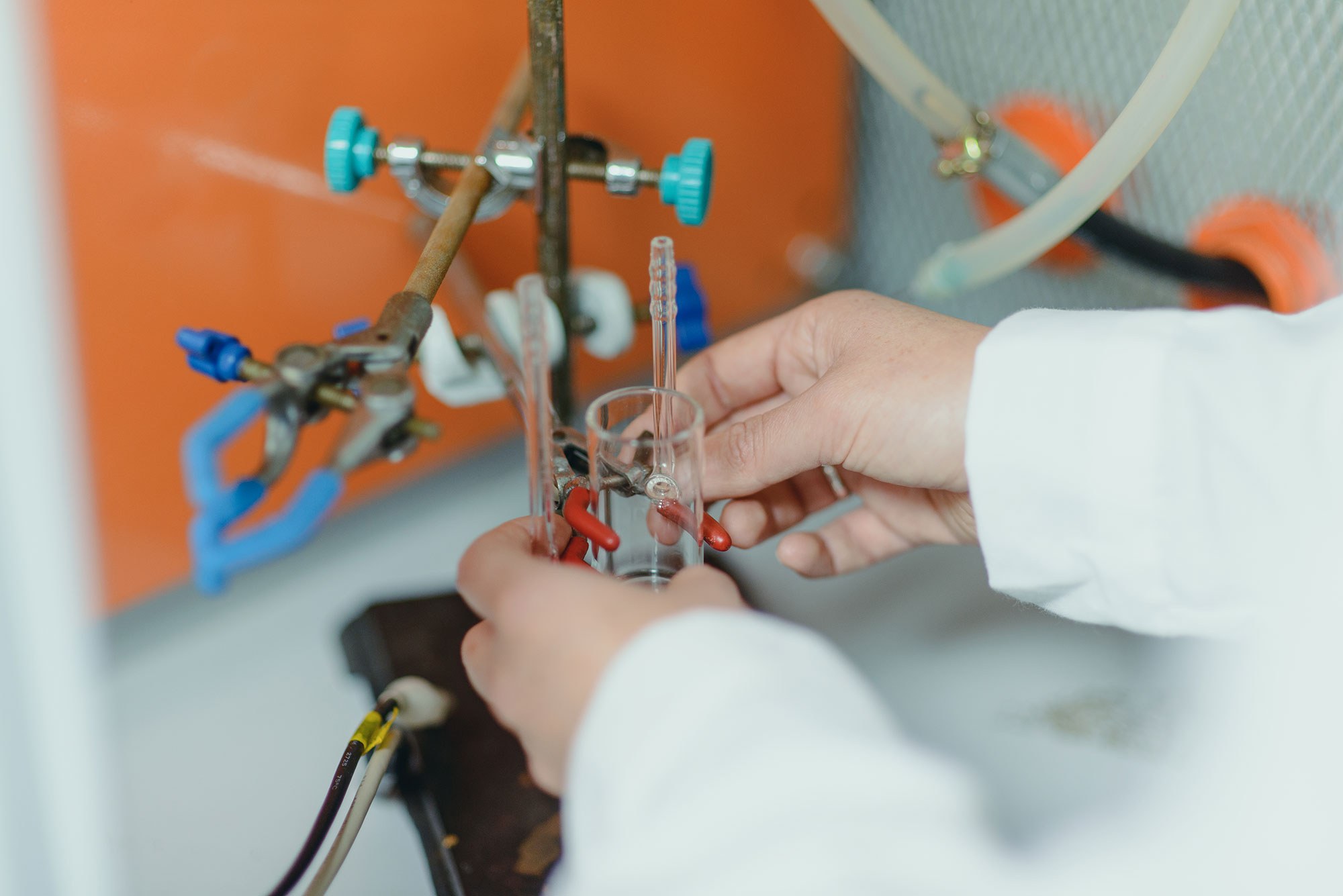Castro-Quijada, M., Jullian, D., Walczak, M., Pineda, F., & Videla, Á. (2024). Quaternary nitrate and chloride molten salts for the next concentrating solar power plants: Corrosion considerations for the use of AISI 304L steel. Solar Energy Materials and Solar Cells, 274, 112971. https://doi.org/10.1016/j.solmat.2024.112971
Abstract: The study addresses the advancement in concentrating solar power (CSP) plants by transitioning from binary nitrate salts to nitrate and chloride quaternary salts, focusing on the corrosivity of four salts as evaluated by immersion testing of AISI 304L stainless steel. Four compositions of salts were evaluated, from solar salt to equimolar NaNO3‐KNO3‐NaCl‐KCl, up to 21 days (500 h) at 500 °C in an open atmosphere, determining the corrosion kinetics using gravimetry. The morphology, chemical composition, and microstructure of the corrosion products were characterized using XRD, FESEM-EDS, and GD-OES. Exposure to the molten salt with 0 mol% Cl‐ (Solar Salt) resulted in negligible corrosion kinetics, consistent with previous studies. The salt with 14 mol% Cl‐ caused a stable corrosion product with a corrosion rate 30 times higher than without chloride. All quaternary salts exhibited a multilayer structure of the top surface with selective chromium (Cr) removal. Specimens exposed to salts with more than 29 mol% Cl‐ displayed a similar structure with Cr and iron (Fe) removal, resulting in more brittle layers and corrosion rates 90 to 250 times higher than the salt without chloride. GD-OES analysis confirmed Cl diffusion into the oxide layer, highlighting the role of pCl2(g) and pO2(g) in driving corrosivity. Based on the results, using in salts with 29 mol% Cl‐ at 500 °C is discouraged, while using 304L with 14 mol% Cl‐ in a cold tank may be considered.
Fabiola Pineda
fabiola.pineda@umayor.cl


